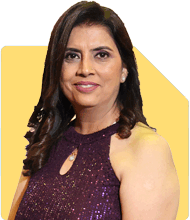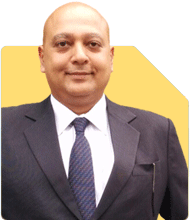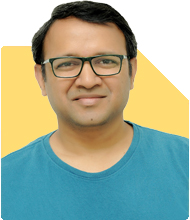Geeta Ratra | Answer |Ask -Follow
Visas, Study Abroad Expert - Answered on Aug 09, 2023

HEY Hi Geeta !! My Daughter is finishing her B Tech Artificial Intelligence and Data Science ( Last year ) , she would like to pursue MS in Michigan University - Michigan USA , please guide the way ahead to secure an admission
To pursue a master's degree in Michigan, the available intake is September 2024, and the application deadline for the same intake is January 15th, 2024. The application process will begin in November 2023, and the IELTS academic requirement is 7 band, the academic percentage requirement is 75% or higher, the GRE score required is 350, and extracurricular activities are required. There are various consultants who can help you otherwise you can always refer to the university page for further information.
You may like to see similar questions and answers below
Sushil Sukhwani | Answer |Ask -Follow
Study Abroad Expert - Answered on Sep 26, 2023
Patrick Dsouza |1429 Answers |Ask -Follow
CAT, XAT, CMAT, CET Expert - Answered on Apr 29, 2024
Nayagam P P |10859 Answers |Ask -Follow
Career Counsellor - Answered on Mar 28, 2025
Ramalingam Kalirajan |10908 Answers |Ask -Follow
Mutual Funds, Financial Planning Expert - Answered on Dec 20, 2025
Ramalingam Kalirajan |10908 Answers |Ask -Follow
Mutual Funds, Financial Planning Expert - Answered on Dec 20, 2025
Naveenn Kummar |237 Answers |Ask -Follow
Financial Planner, MF, Insurance Expert - Answered on Dec 20, 2025
Ramalingam Kalirajan |10908 Answers |Ask -Follow
Mutual Funds, Financial Planning Expert - Answered on Dec 19, 2025
Nayagam P P |10859 Answers |Ask -Follow
Career Counsellor - Answered on Dec 19, 2025
Ramalingam Kalirajan |10908 Answers |Ask -Follow
Mutual Funds, Financial Planning Expert - Answered on Dec 19, 2025
Ramalingam Kalirajan |10908 Answers |Ask -Follow
Mutual Funds, Financial Planning Expert - Answered on Dec 19, 2025
Ramalingam Kalirajan |10908 Answers |Ask -Follow
Mutual Funds, Financial Planning Expert - Answered on Dec 19, 2025
Radheshyam Zanwar |6751 Answers |Ask -Follow
MHT-CET, IIT-JEE, NEET-UG Expert - Answered on Dec 19, 2025
Radheshyam Zanwar |6751 Answers |Ask -Follow
MHT-CET, IIT-JEE, NEET-UG Expert - Answered on Dec 19, 2025

























